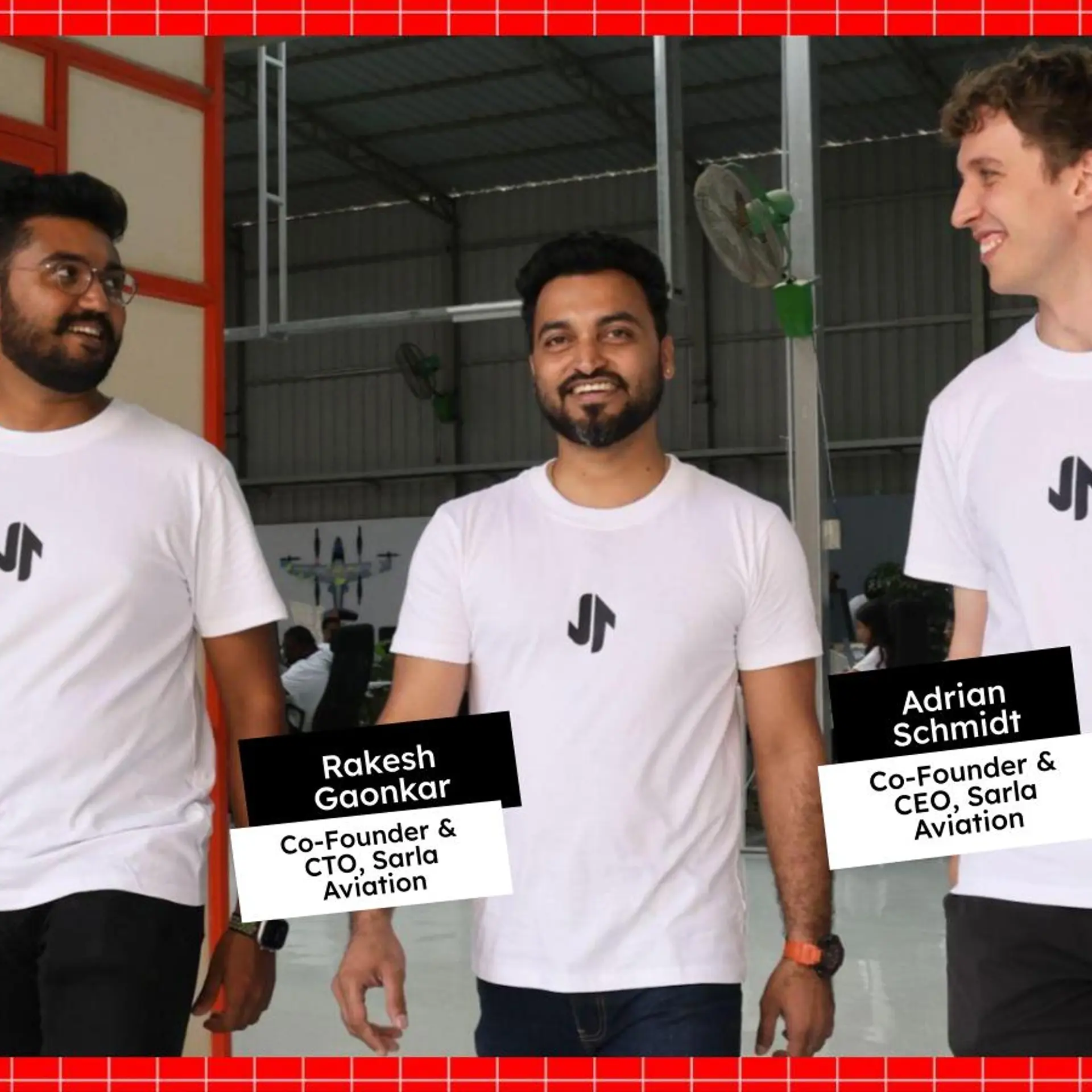The much-awaited Xiaomi Redmi Note 7 Pro is out. Is this smartphone worth every pixel?
We had a chance to use Xiaomi's Redmi Note 7 Pro phone, which has become a conversation starter due to its 48 megapixel camera, and here’s what we think.
Much vaunted for its 48 megapixel camera phone, the Xiaomi Redmi Note 7 Pro goes on sale on March 13. It is one of the company’s most celebrated launches and has two major talking points – the camera, of course, and a sleek glass body.
We had a chance to use the handset and here’s what we think.
The phone comes with all the essentials - a handset, a quick-charge adapter, a USB Type-C cable, and a user manual. At first glance, the Redmi Note 7 Pro looks sleek and stylish with its all=glass body with a gradient finish, or aura design, as Xiaomi calls it. Xiaomi has gone all out for this phone, using Gorilla Glass 5 on both sides. Redmi Note 7 series’ immediate competitors, including Samsung Galaxy M30 and Realme 3, come with a plastic body.
Despite its large 6.3-inch display, the Redmi Note 7 Pro feels compact, and is surprisingly easy to hold. All necessary buttons for volume, power and the fingerprint are within reach. In terms of thickness, at 8.1mm, it is comparable to the OnePlus 6T, which has a thickness of 8.2 mm. The fingerprint sensor on the back of the phone is hyper-responsive, speedy, and accurate. A feathery finger touch unlocked the device in a breath.
1552065888447.jpg?fm=png&auto=format)
Redmi Note 7 Pro comes in two variants, 4GB RAM/64GB storage for Rs 13,999, and 6GB RAM/128GB variant for Rs 16,999. The Redmi Note 7 also comes in two variants, 3GB RAM/32GB storage for Rs 9,999 and 4GB RAM/64GB storage for Rs 11,999. In comparison, the Samsung Galaxy M30 -- 4GB and 6GB RAM paired with 64GB and 128GB of internal storage -- is priced at Rs 10,990 and Rs 17,990. The Realme 3 is available at Rs 8,999 for the 3GB plus 32GB storage option and Rs 10,999 for the 4GB plus 64GB storage option.
So, it the 48 megapixel camera worth it?
We’d say it is. The Redmi Note 7 Pro has a 48MP Sony IMX586 sensor at the back, coupled with a 5MP secondary sensor for depth-sensing. The Sony IMX586 sensor is exclusive to a handful of devices, mostly premium smartphones. Competitor Honor View20 also boasts of the same sensor with a 48MP camera, but the Redmi Note 7 Pro scores on the price point.

On to the performance. The Redmi Note 7 Pro handles colours and details well, and the results are impressive. Artificial Intelligence (AI) scene detection allows detection of up to 33 scenes with India-specific optimisation, according to Xiaomi, and while we did try using the feature, we could not really tell how it works.
The front or selfie camera, at 13MP, also gives impressive results, but the camera smoothens the image a bit too much – nonetheless, the result was beautiful and flawless skin. Even for objects at a distance, the camera could find its focus and the photos were of high quality with sharp details.

We felt the colours were saturated, yet beautiful. The camera comes with several modes and features, cutting out the need for a separate photo editing app.
One has to remember, though, that the Redmi Note 7 Pro shoots in 12MP in default mode, and you have to select the 48MP resolution manually. This is actually a smart move as a picture in 48MP is very heavy - 10-27MB - and would eat up storage space. When you click a picture in 48MP, the camera takes a couple of seconds to process the image, but this is expected.
The 48MP pictures, though, are worth every ‘pixel’. When zoomed, the we could see every detail in a photo. The Redmi Note 7 Pro’s camera also works well in low light.

Photo taken in night mode
Super Battery
We charged the phone once, and the 4000Mah battery ran for 30-40 hours despite the fact that we played PubG for an hour, and watched videos for around three hours. The phone did not heat up, but did get a bit warm. The Redmi Note 7 Pro is one of the first smartphones to be powered by the Octa-core Qualcomm Snapdragon 675 SoC, which increases its performance by 55 percent over the Redmi Note 6 Pro. The Snapdragon 675 allows the phone to run graphic-intensive titles without breaking a sweat.
Also, The MIUI 10 based on Android 9 Pie ensures the battery lasts for two days. The Qualcomm Quick Charge 4 for fast charging took over an hour to take the phone to full charge, and we do wish the phone could charge faster.
Redmi Note 7 Pro: The verdict
What impressed us the most about Redmi Note 7 Pro’s camera was the low-light performance, which is the best in any Redmi phone so far. In fact, it can give phones like iPhone and One Plus 6T a run for their money. Overall, the Redmi Note 7 Pro packs a lot of features in the camera, and at a very attractive price point.
It is a great phone on both the hardware and software fronts. The ability to switch pixels is actually a smart move, as many don't want photographs to take up the phone's entire storage space. So, if you’re a mobile phone gamer or a photography enthusiast, or simply looking for the next best buy, the Redmi Note 7 Pro is the phone for you.
And oh yes, it makes calls and sends messages too!


1552066003794.jpg?mode=crop&crop=faces&ar=2%3A1&format=auto&w=1920&q=75)




